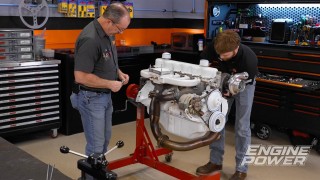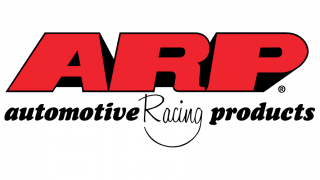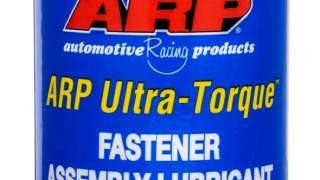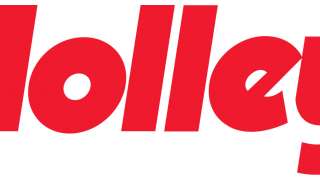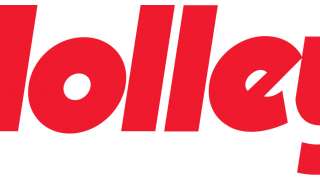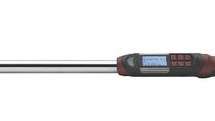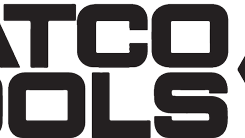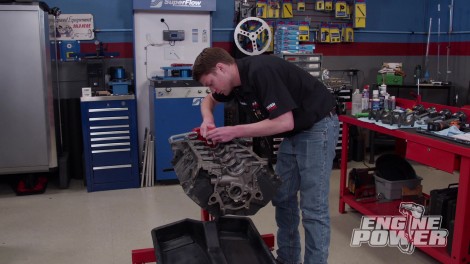
Modern 410ci Stroker Windsor with Custom EFI & Coil-Near-Plug Conversion - Part 1
This Small Block Ford receives big power upgrades, including a forged rotating assembly, competition-ported cylinder heads, and a supremely accurate crank trigger system.
Season 9
Episode 14
Hosts: Pat Topolinski, Frankie Forman
First Air Date: August 8, 2022
Duration: 21 minutes 30 seconds









